Let’s take a look at the most disgusting foods in different countries.
When it comes to zoroastrianism, there are a few that come to mind. Since most people find it hard to accept these foods, I'll just list the names of the ones I know. I won't post pictures to avoid making some people feel uncomfortable.
1. Tuna eyes-------
It is said to be a very popular delicacy in Japan. You can buy it in Japanese supermarkets, usually about 1 jin, with tender meat attached to the eyeball. There are many ways to prepare it, and the eyeball tastes a bit like octopus.
2. CasuMarzu – Maggot Cheese
After a high level of decomposition, this cheese, burrowed by maggots and permeated with water, is made into a stink bomb. This soft, creamy cheese is popular in Sardinia, Italy. A good block of maggot cheese can contain hundreds or even thousands of living larvae.
3. Swedish canned herring ---
It is a traditional Swedish delicacy. It is a canned food with a foul odor and sour taste made by putting processed herring into cans and letting it ferment naturally.
People who haven't tried pickled herring often cover their noses because of its pungent stench. It's said that the Swedish government has even banned the opening of canned herring in residential areas. They're also not allowed on international flights because changes in air pressure could cause the cans to rupture, with serious consequences.
Below is a summary of representative foods from various countries. See which ones you have eaten?
France: Foie gras

When discussing French cuisine, one can't fail to mention foie gras. This delicacy, invented by the ancient Egyptians in 2500 BC, has reached its peak on French tables. Despite being a constant source of frustration for animal rights advocates and despite nutritionists' concerns that foie gras is incompatible with modern diets, this delicacy remains a favorite in France and around the world.
Spain: Jamón Ibérico
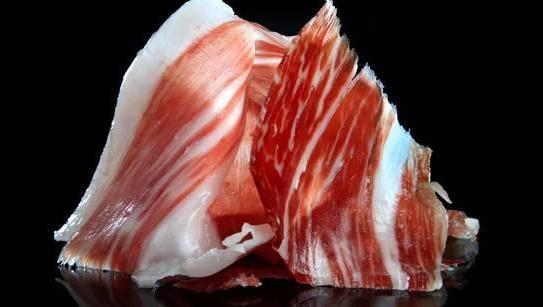
Jamón Ibérico is a salty, cured ham made from the hind leg of a pig. It is a typical Spanish dish, especially when paired with a strong wine, crusty bread, and olive oil.
United Kingdom: Fish and Chips
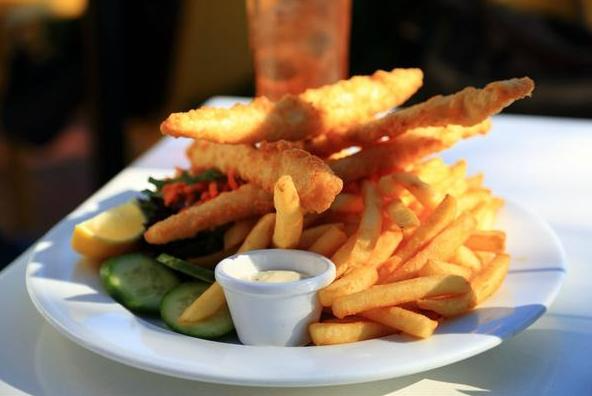
In any small town in Britain, you'll find a small shop with a sign that says "Fish & Chips." These shops are usually small, with only a single counter inside. As you approach the door, you'll be greeted by the aroma of fried food, most notably fish. Fish and chips were actually sold separately for years, until the 1860s, when they were combined to become a popular British dish.
Switzerland: Cheese Fondue
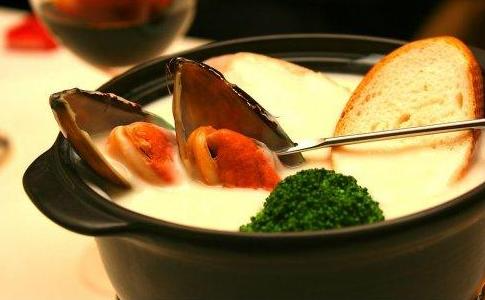
Place the cheese in a small pot about 8 inches long and cook until it becomes liquid. Then add a suitable amount of white wine or fruit wine. To eat, use a long-handled fork to pick up a piece of French bread, put it into the pot, and take it out to eat. The bread is now hot and fragrant, and tastes particularly refreshing and pleasant. Continue to cook, dip, and eat until the liquid cheese in the hot pot is almost dry and burnt.
Italy: Pizza

Originated from Naples, the largest city in southern Italy, Naples pizza is known for its chewy and crispy texture, and the ingredients are excellent, such as fresh tomatoes, mozzarella cheese, cloves, and meats to your liking.
Austria: Wiener Schnitzel

Wiener schnitzel is synonymous with Austria. This steak is made from thinly sliced beef, breaded and deep-fried. It's often served with lemon and cilantro, along with potatoes or rice.
Argentina: Asado

As the country with the best meat in the world, Argentina is a guarantee of deliciousness. Every barbecue is an unparalleled classic, especially some country flavors.
Egypt: Molokhia
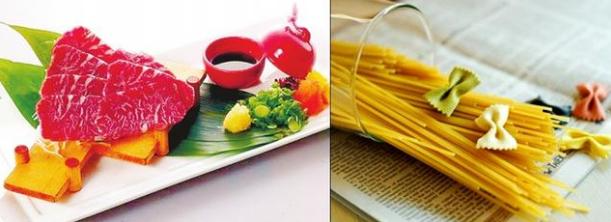
It's sold throughout North Africa, but is particularly popular in Egypt, the home of Molokhia. This Egyptian dish uses the leaves and stems of Molokhia (a bitter herb), minced and cooked with cilantro and garlic. It's commonly used with chicken, rabbit, lamb, or fish.
Japan: Sashimi
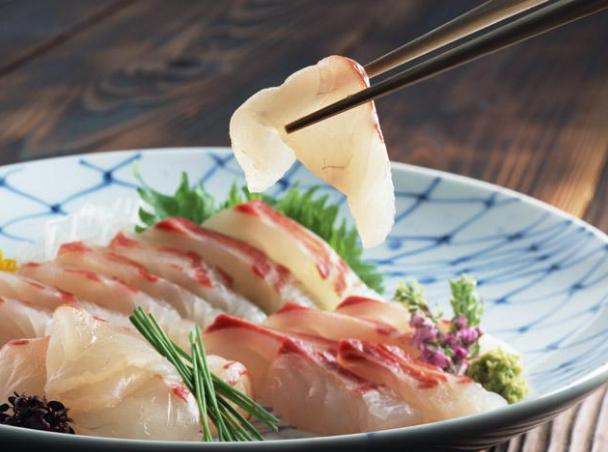
The Japanese call themselves "a nation of fish lovers." They enjoy fish in a variety of ways, whether raw, cooked, dried, or pickled, but sashimi is the most prized. Serving sashimi at state banquets or at private functions is considered the highest form of etiquette. The Japanese call sashimi "sashimi." Typical sashimi is made with bonito, sea bream, and sea bass, while the most exclusive is tuna. At banquets, you'll be treated to a tank of live fish, freshly caught, skinned, deboned, and sliced into paper-thin, transparent slices. These slices are then served at the table, where they are carefully savored with seasonings for a truly delicious experience.
Norway: Rakfisk

Rakfisk is made from trout that is salted and fermented for several months. It doesn't need to be cooked and is served with onions and yogurt.
Germany: sausage and ham
Germans are a veritable nation of "big meat eaters and big beer drinkers"—they eat pork and drink beer. Germans consume 65 kilograms of pork per person annually, the highest amount in the world. Due to their preference for pork, most famous German dishes are pork products. German foods are most famous for their sausages, sausages, and ham. They produce at least 1,500 varieties of sausage, all made from pork.
Thailand: Tom Yum Goong
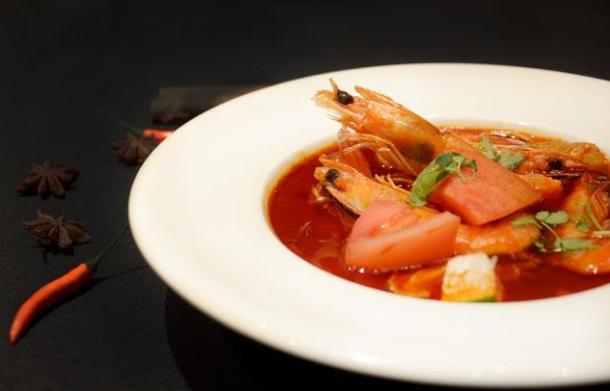
Tom Yum Goong, a prominent representative of Thai cuisine, is known as Thailand's "national soup" and is ranked among the world's ten most famous soups. Thais are known for their tolerance for spicy food, so this dish is essentially a Thai-style hot and sour soup. If you're unsure what to order at a Thai restaurant, don't worry: start with Tom Yum Goong.
South Korea: Kimchi
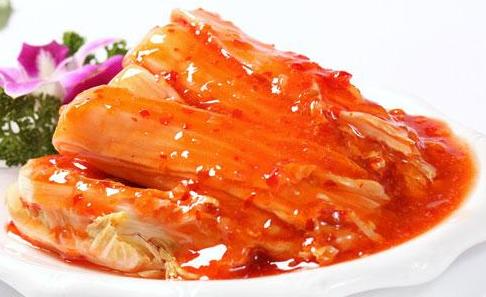
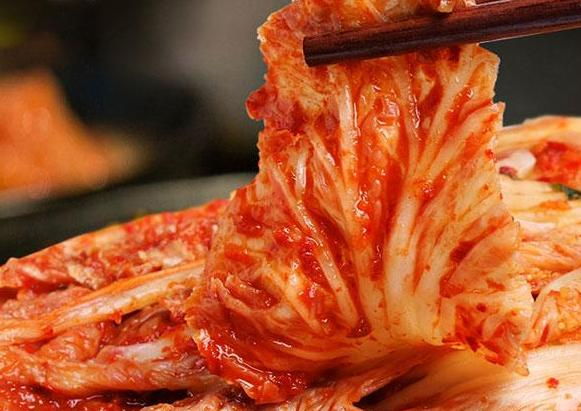
In Korea, whether a woman is a good housewife is mainly judged by whether she can make a decent kimchi. With the rise of the Korean Wave, Korean kimchi has become a popular food among many young people. In fact, kimchi is not bad!
United States: Hamburg
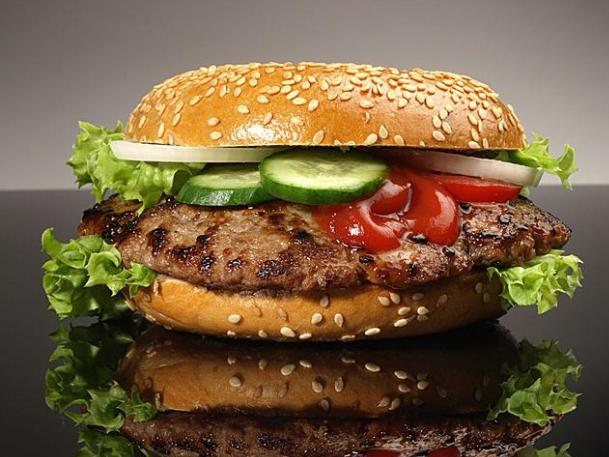
The United States is so vast and diverse, it's almost impossible to single out a single dish as representative of American cuisine. If I had to pick a single American dish, it would be the hamburger, especially when paired with french fries and a milkshake.
As the saying goes, only good food should not be wasted. Such delicious dishes, everyone must remember to try them when traveling.
 Daily Recipes
Daily Recipes When traveling to a new place, the most important thing is to try the local cuisine. If you don't try delicious crepes in Paris, France, or try the freshest sushi and ramen in Japan, your trip will be a little less exciting.
However, you might also encounter these 32 strange foods during your travels. If you're truly afraid to try them, I don't blame you for not cherishing your trip. After all, some of them are just too...
1. Fried dragonflies
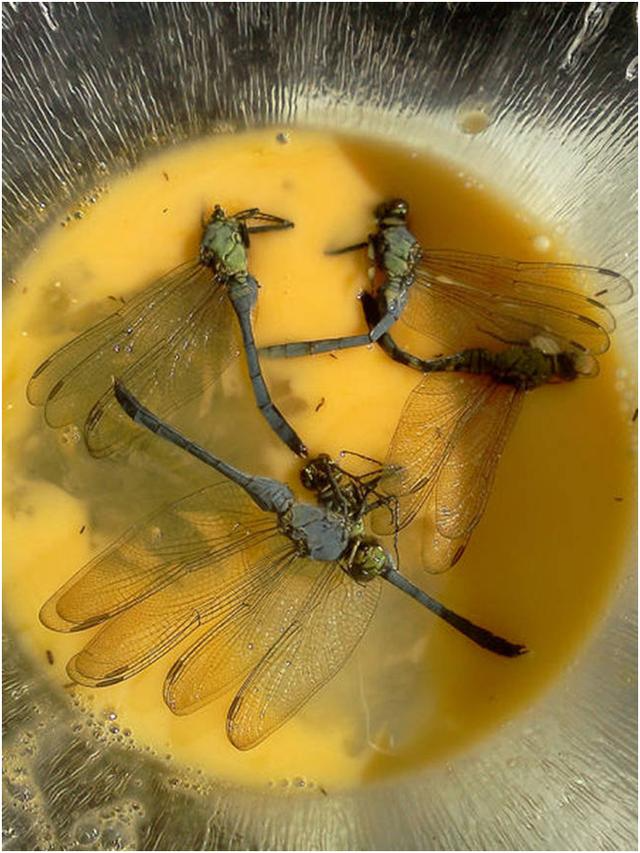
2. Fried starfish skewers
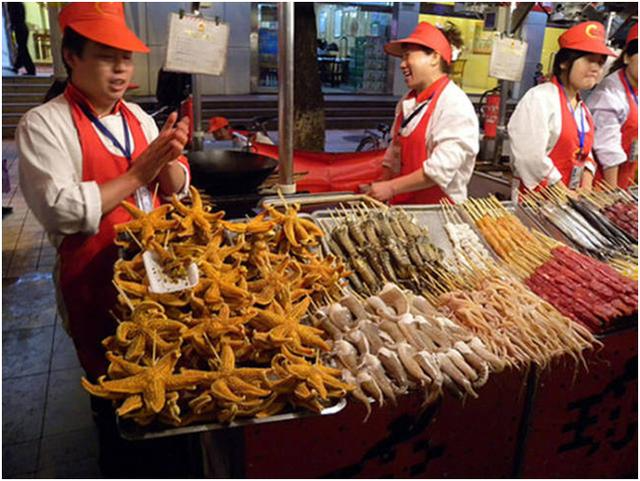
You can eat this fried starfish here. Crack open the hard shell and there's not much meat inside, but it tastes like beef. Next time you see one, get one!
3. Kangaroo steak

In Australia, they say kangaroo meat tastes like a cross between venison and buffalo! Are you salivating?
4. Elk nose, rich in gelatin

People in Canada say that elk noses can be cooked with garlic, onions, spices, and vinegar to make them delicious! But, I just can’t bite into it…
5. Bumblebee Shortbread
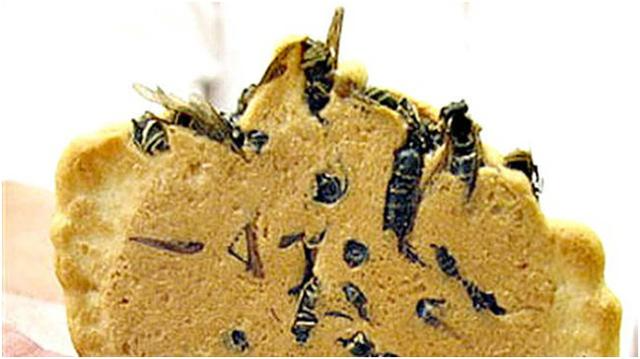
In Omachi, 160 kilometers from Tokyo, Japan, you can find this shortbread snack covered in bumblebees! It should make a crackling sound when you bite it.
6. Stargazing Pie
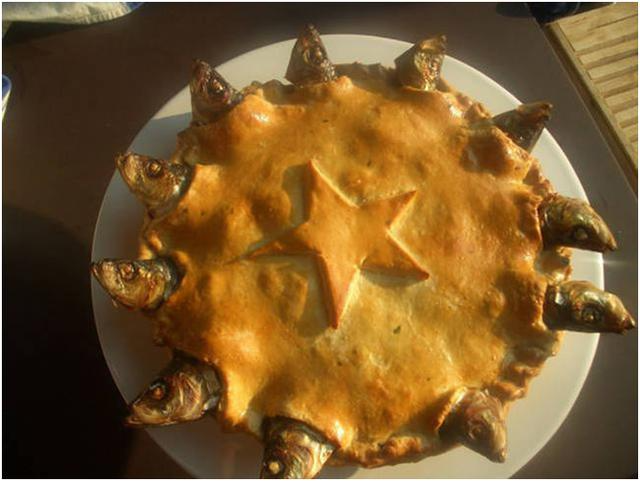
This traditional Cornwall dish commemorates a fisherman who went out to sea alone to restock his catch during a storm. This is one of the more acceptable ones so far.
7. Norway's famous lye fish (Lutefisk)

In Norway, they soak the fish in lye. It's a complicated process and a common dish at Christmas dinner! But it's mushy and looks a bit disgusting...
advertise
8. Haggis: The most authentic Scottish dish

Haggis, a traditional Scottish dish, is made from mutton offal. The viscera of the sheep, such as the heart, liver, and lungs, are chopped up and then added with oats, onions, and spices. The mixture is then placed into an empty sheep stomach to create a bag of food. It looks like a big ball and you’ll feel full before you even eat it!
9. Apple-flavored Nine-scented Bug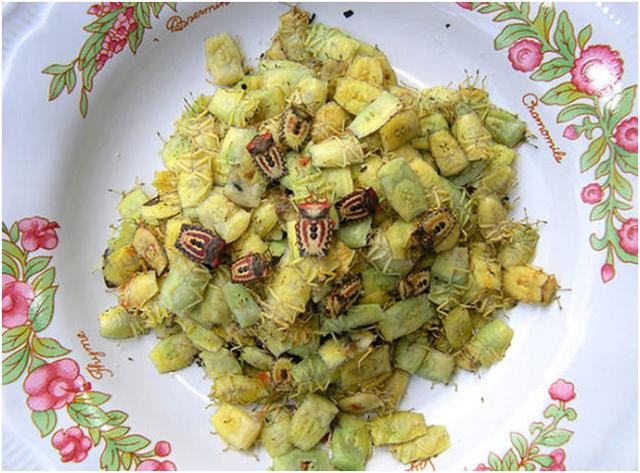
In Africa, they eat the nine-scented insect raw or cooked. It has an apple aroma and is said to have a calming effect! But it looks a bit scary.
10. Akutaq (Eskimo Ice Cream)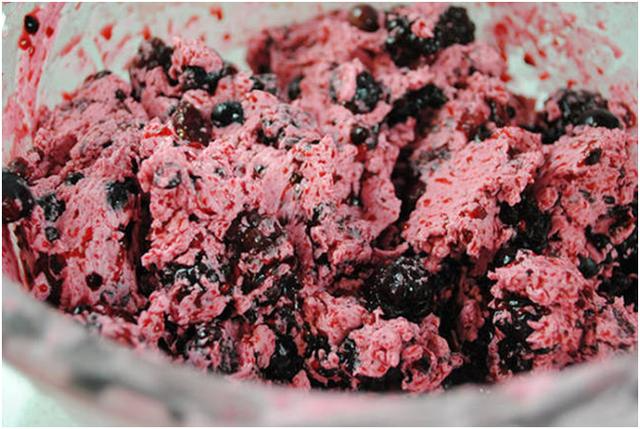
In Alaska, it is traditionally made from animal fats like reindeer fat, seal oil, freshly fallen snow, and berries like blueberries.
11. Italian maggot cheese

There's a super disgusting Italian dish called live maggot cheese. Once the cheese is filled with thousands of wriggling maggots, it's ready to eat. (So, it shouldn't be eaten, right? What the hell!)
12. Silkworm pupae
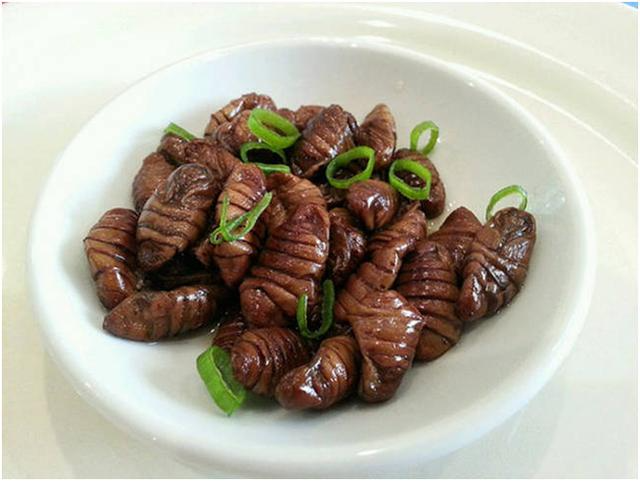
If the live maggot cheese dish irritated you, try this Korean silkworm pupae snack, steamed or boiled! Should you close your eyes and bite into it?
13. Ugandan Fried Grasshoppers (Nsenene)
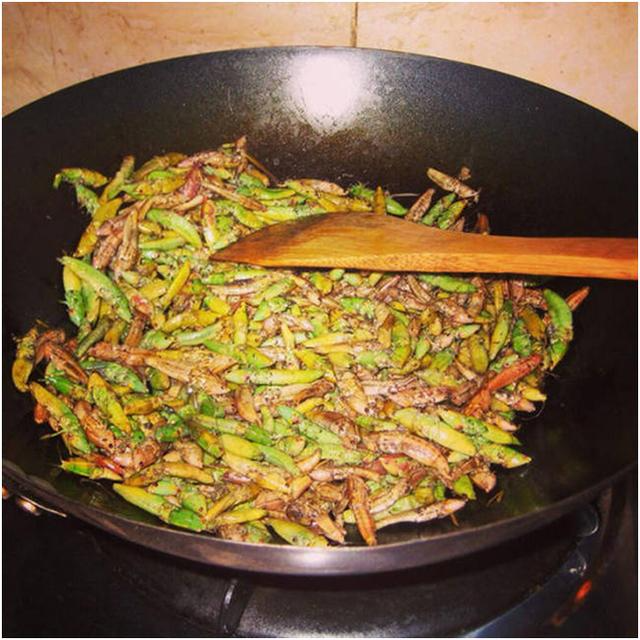
These grasshoppers are fried, sun-dried, or boiled. They are delicious with onions.
 Vivo fighting staff
Vivo fighting staff Canned herring (Surstromming) is a traditional Swedish food. It is a canned food with a foul odor and sour taste made by putting processed herring into cans and allowing them to ferment naturally.
The most striking characteristic of fermented herring is its pervasive, persistent stench. Those who haven't tried pickled herring often cover their noses at its pungent odor. The Swedish government has reportedly even banned the opening of canned herring in residential areas. It's also not permitted on international flights due to the potential for rupture due to pressure fluctuations, which could have serious consequences. Its odor is 300 times stronger than that of natto.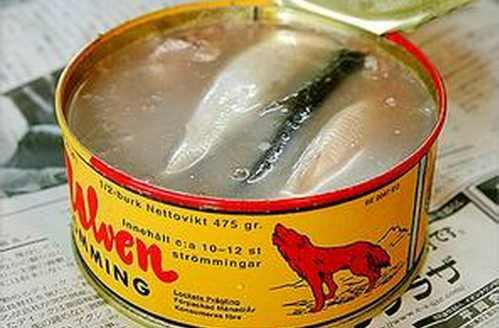
 Stealing Guevara's neighbor Zhou
Stealing Guevara's neighbor Zhou Braised pork on bamboo skewers, one bite per skewer, one dollar per skewer, served with secret sauce, offal, blood vessels, trachea, pig lungs, anything from the pig, there is nothing you can't imagine. This snack is popular all over Myanmar. I can eat fifty skewers at a time, paired with a bottle of cola. This summer is perfect.
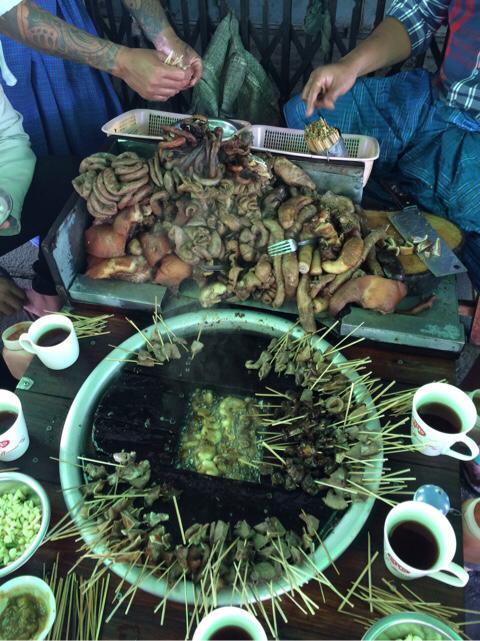
 Ai Lu Wei Tao
Ai Lu Wei Tao The most outrageous food is Guangdong's hairy eggs
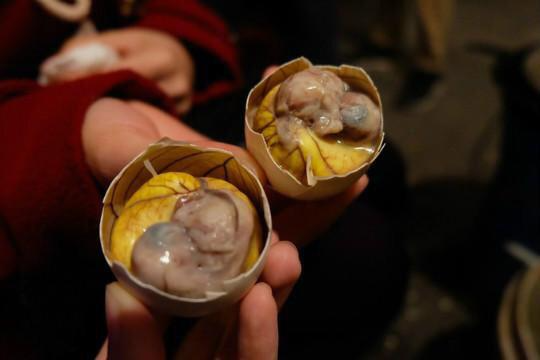
 Turn around 167747
Turn around 167747 Eat live octopus
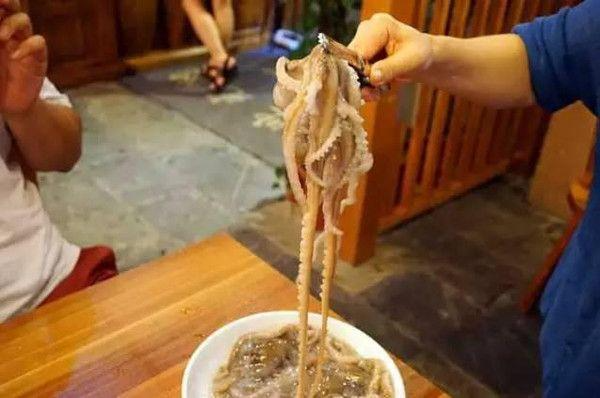
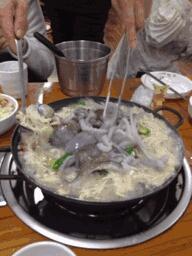
Koreans call octopus "octopus" (八掌驚), and it's an essential delicacy on the Korean table. While there are many ways to prepare octopus, Koreans prefer the simplest and most original method: eating it raw. This fisherman's dish, originating from the southern ports of Korea, has become a staple of Korean cuisine.
Ant Peony Shrimp
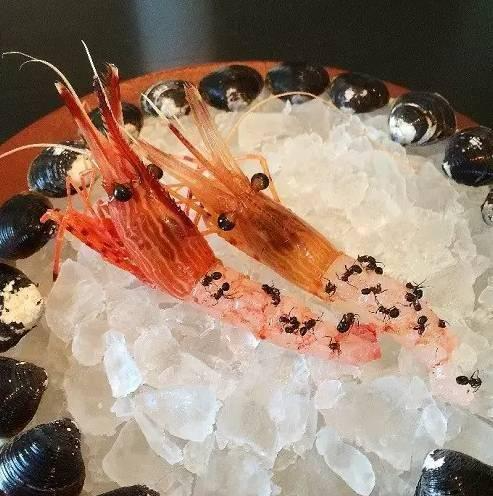
Finding bugs in your food is a nauseating thought, but a high-end restaurant in Tokyo, Japan, has specially created a dish of ant-infested botan shrimp sashimi. One food critic commented that the tartness of the ants, combined with the sweetness of the shrimp, was the perfect finishing touch. Another diner described the dish as akin to the ocean after a storm, "transforming from terrifying to beautiful." However, as someone with trypophobia, I feel...it doesn't matter!
3. Biological Bomb Swedish Canned Herring
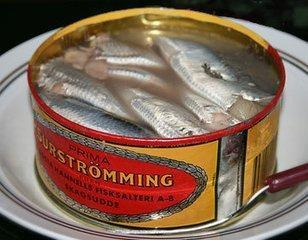
Surstromming canned herring[1] is a traditional Swedish delicacy. It is a canned food with a foul smell and a slightly sour taste, made by putting processed herring into cans and letting them ferment naturally. The most notable feature of fermented herring is its ubiquitous and difficult-to-dissipate stench. People who have never eaten pickled herring often cover their noses because of its pungent stench. It is said that the Swedish government has also stipulated that canned herring cannot be opened in residential areas. It is also not allowed to be carried on international flights because changes in air pressure may cause the can to rupture, which has serious consequences. It is the world's stinkiest food. The stench is equivalent to 200 times that of natto.
Swedish herring canning process
How to eat canned Swedish surstromming herring
Preliminary preparation: Boil the potatoes, peel and slice them, and cut the raw onions into thin strips for later use.
1. Use a piece of Kavli crisps as the base (you can grease the base with butter first)
2. Put Surstromming on Kavli chips
3. Spread with sour cream
4. Add potatoes and onions
5. Cover with a piece of Kavli crisps and you are ready to eat
Taboo about surstromming canned herring
1. Before opening a can, be sure to inform everyone around you to prevent accidents.
2. Do not open cans in a closed environment, otherwise the consequences will be serious.
3. Refrigerate the container before opening to reduce the internal pressure. If opened at room temperature, a large amount of liquid may spray out when opened, making it difficult to clean up.
4. It is strictly forbidden to bring this type of canned food on board an aircraft. If the can ruptures due to air pressure problems, it may pose a safety hazard.
5. After enjoying the food, be sure to seal the can tightly before throwing it away to avoid disturbing the city environment.
6. Be sure to finish the food after opening it and do not waste it.
4. Deep-fried cockroaches [The picture is too unbearable to look at, I really don’t want to post it]
Cambodia has a unique delicacy: fried water cockroaches. These cockroaches are primarily found in the central province of Kampong Thom and are renowned for their plumpness and delicious flavor. They are also found in other provinces, but are somewhat inferior to those in Kampong Thom. Unlike common cockroaches that soar through the air and weave their webs, these tarantulas live underground, burrowing into burrows and feeding on grass roots. Catching them requires digging deep into the ground. Mid-April is the peak season for water cockroaches, when they are at their most abundant and fattest, making this the ideal time to hunt them. The cockroaches eaten in Guangdong are farmed water cockroaches, also known as water lice, and are a high-protein, low-fat food.
5. Fermented salmon head
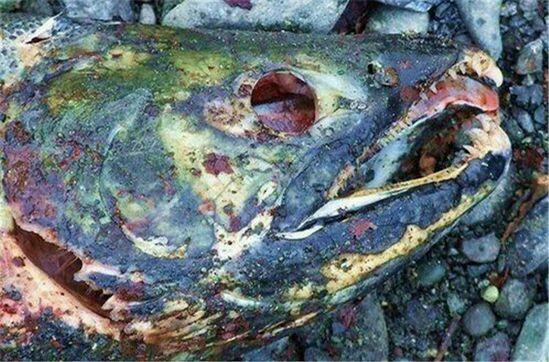
Called "stinky fish heads" by those who don't like them, fermented salmon heads are a traditional Alaskan delicacy. After the heads are chopped off, they're buried in the ground for at least a few weeks, during which time, as you might expect, they begin to rot. Then, before they're completely rotten, they're dug out, mashed, and refrigerated in a bowl.